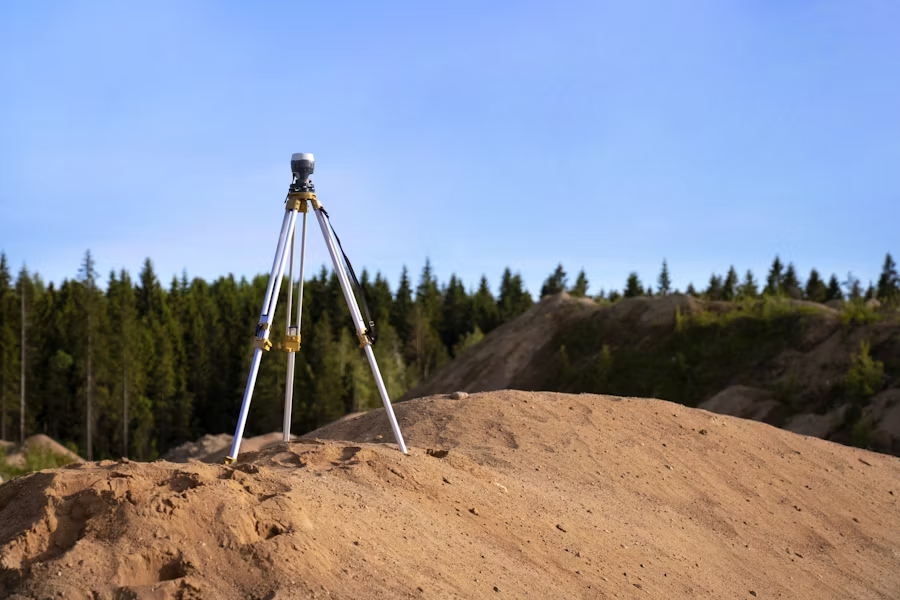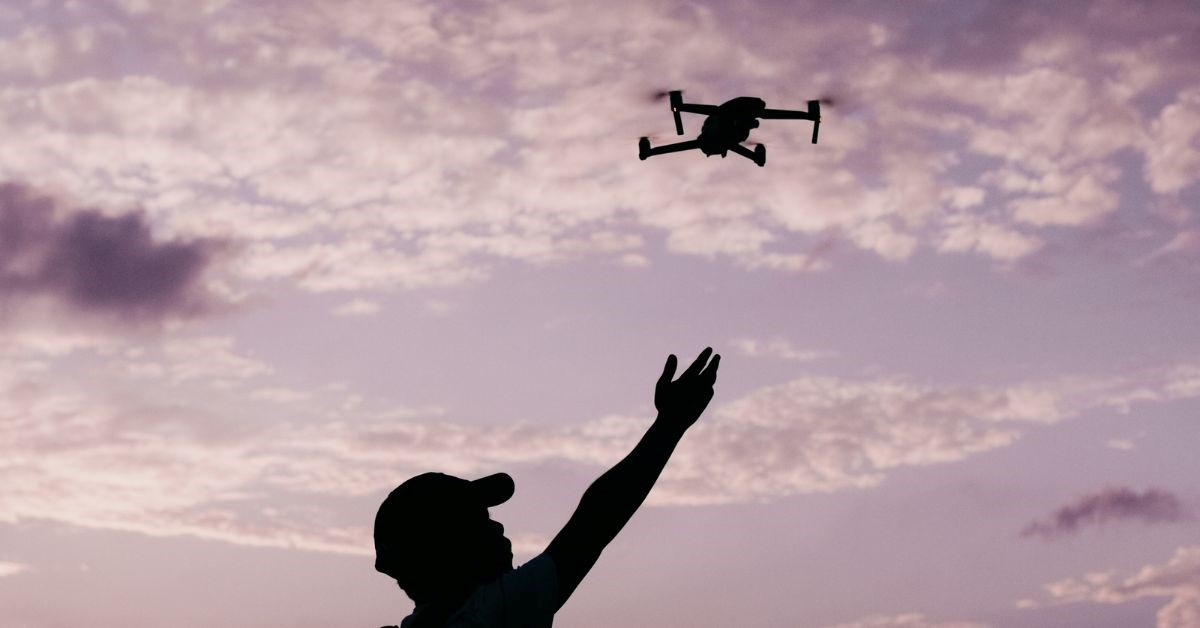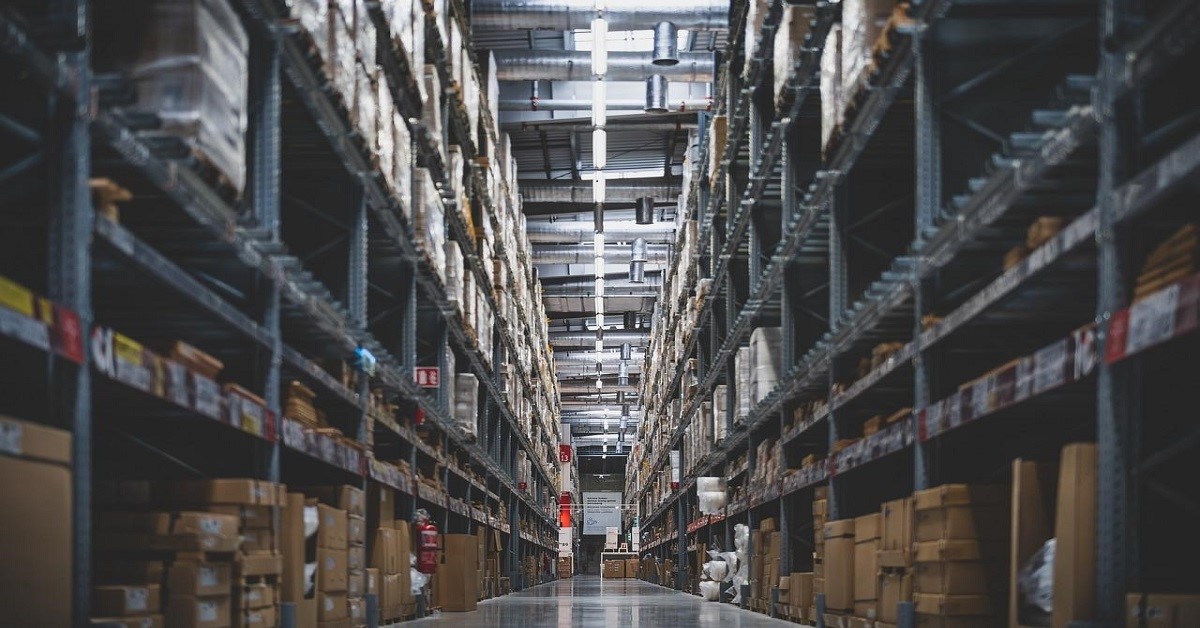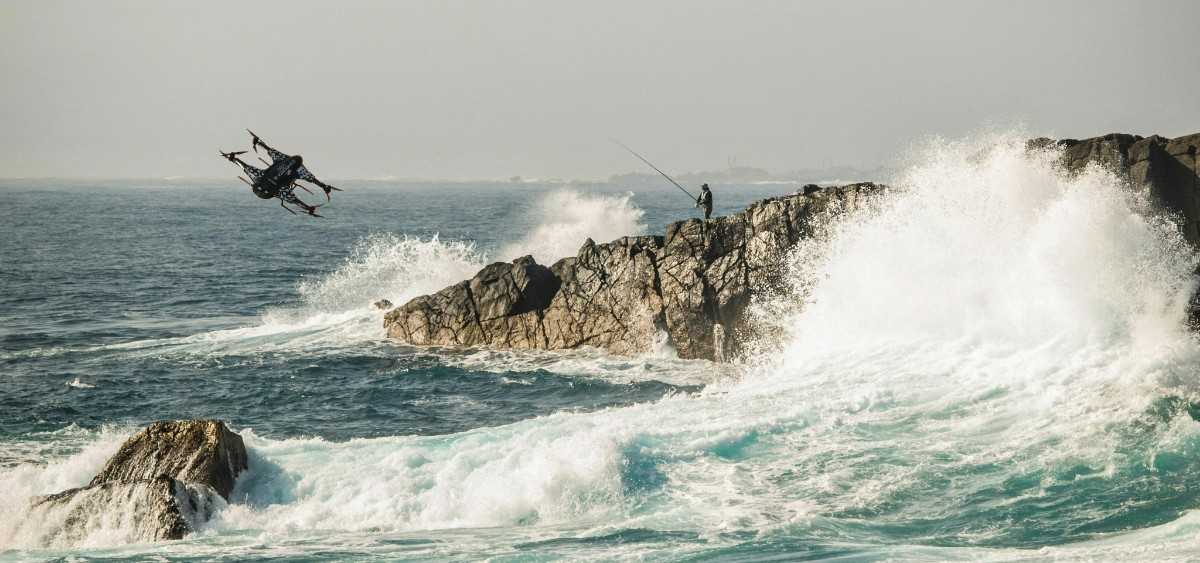Benefits and Costs of Emergency Drones Use in Disaster Response
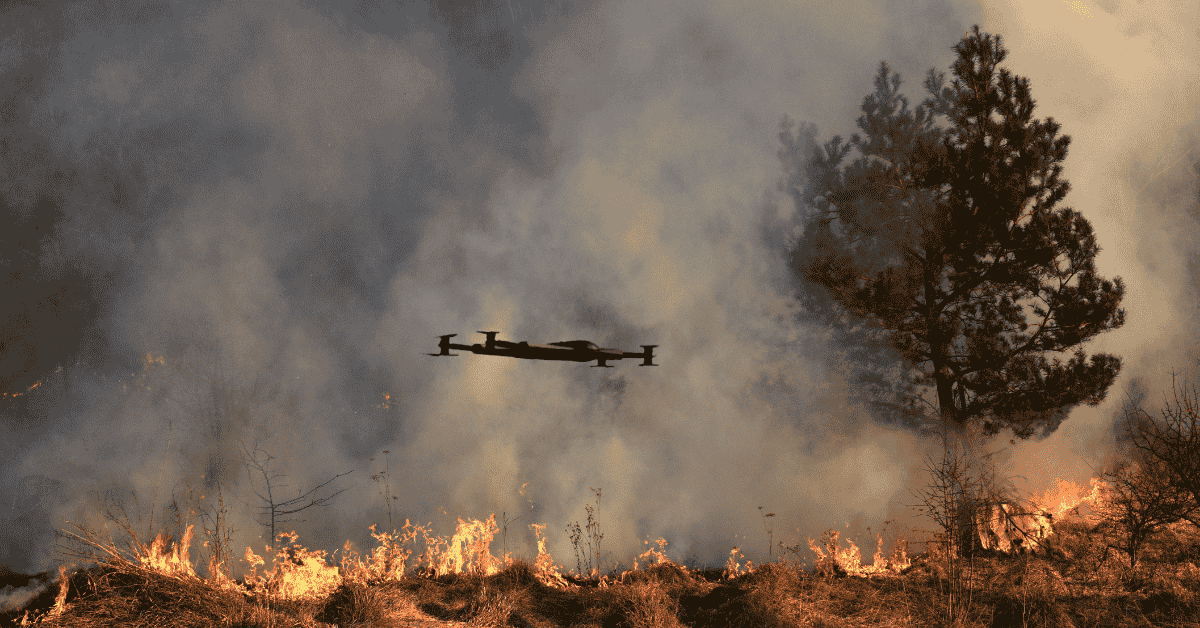
Drones are a versatile tool that many industries can use to improve and save lives.In disaster response and risk management, drones assist in relief operations. They offer many advantages over traditional methods, with the added benefit of deploying quickly and easily.Because they are faster than traditional search teams, emergency drones are often sent out to search inaccessible areas. They can navigate hazards easily without putting search teams themselves at risk.
In this article, we’ll look at drone emergency response’s main benefits and costs. We’ll also examine how drones can perform different functions, from coordinating search efforts to delivering cargo.
How are Emergency Drones Used in Disaster Response?
Drone emergency response is a growing field despite being relatively new. A big part of this is because of the rapid technological advances developed to improve disaster response efforts.One of the most significant advances in disaster response technology is the emergency drone. Its commercial availability in recent years has led to significant improvements in search and rescue efforts, among other factors.Here are the main ways drones are used in disaster response:
Search and Rescue
Drones often come equipped with high-resolution cameras and multispectral sensors. Combined with their ease of deployment, these cameras make them the perfect tools for searching for survivors in dangerous areas.
Damage Assessment
Drones can fly at higher altitudes while still deploying faster than helicopters. This makes them excellent tools for assessing the damage done to public infrastructure, as well as homes and businesses.
Mapping
The most common use of drones for emergency management is mapping disaster-affected areas. Relief coordinators can use the data collected by drones to plan and organize efforts more efficiently.
Supply delivery
While not all drones are large or powerful enough to deliver critical supplies, many models are suited. Food, water, and medical supplies can be carried to survivors or search teams in inaccessible or hazardous areas.
What are the Key Benefits and Costs of Emergency Drones in Disaster Response?
Disaster preparedness and response is a quickly evolving field. Technology forms the backbone of relief efforts for many public offices, from fire departments to disaster risk management offices.
Emergency drone technology is increasingly used in disaster relief efforts worldwide due to its various benefits. That said, it’s also worth noting that they come with a significant initial investment in training.
Here are the things that disaster relief coordinators and managers need to know:
Benefits of Drones in Disaster Response
- The most significant benefit of using drones for emergency management and disaster response is their speed.
- They can deploy faster than traditional search teams, meaning drone pilots can monitor areas ahead of time for survivors. As a result, search and rescue teams can pinpoint these areas and evacuate survivors faster.
- Their ease of use relative to size makes emergency drones crucial in short- and long-term relief and rehabilitation efforts.
- Their cameras also provide more accurate real-time data that coordinators can rely on. They can also carry signal relays to improve long-distance communication in areas with poor reception.
The Costs and Challenges of Drones in Disaster Response
- While they are versatile and powerful technology, drones themselves can’t get the job done. They are only as good as the relief teams and coordinators taking full advantage of their capabilities.
- They also come with regulations and restrictions on top of maintenance costs and training. Among the costs and restrictions of drone use are regulatory processes and paperwork.
- The lack of data utilization can also hold emergency drones back. While drones are great at collecting data, it still comes down to drone piloting capacity and existing support systems. The software also factors into this as well.
- Finally, the lack of institutional support for drone technology can limit the use of drones for disaster response. The lack of funding can often limit how often drones are deployed for relief efforts.
How do Relief Coordinators Establish Frameworks for Using Emergency Drones in Disaster Response?
Drones are a low-cost tool for collecting aerial imagery and mapping compared to helicopters and airplanes. That said, they are highly versatile and are a key part of disaster relief efforts worldwide. Even in digital platforms and games, emergency drone ro2 has been used to conduct operations and offers several benefits to increase user experience.
With drones becoming relatively more common, it’s important to know how drones for emergency management are used. Here are the ways disaster relief coordinators establish frameworks for deploying drones:
Capturing Multiple Perspectives
There are many perspectives that relief coordinators and planners need to consider before deploying drones. These are actions, environment, internal organization, feasibility analysis, needs specification, and implementation.
Action plans should be compared against the current conditions of the environment post-disaster. The internal organization takes on roles based on the relief effort’s most feasible needs and outcomes.
After these are taken into consideration, the action plan is then implemented. Emergency drones are used extensively during these stages, from data gathering to action plan implementation.
User vs. Regulator vs. Provider
The following way to establish a framework for disaster relief efforts is by examining interactions between end users, regulators, and providers.
End-users, namely the drone pilots and relief coordinators, handle data gathering and decision-making. The regulating parties or agencies for drone use determine critical success factors necessary for optimizing drone deployment.
Finally, the technology providers interact with the other two stakeholders based on awareness of the challenges and movers’ awareness.
Managing Strategy
Once the first two are clearly established, relief planners and coordinators can focus on creating an effective strategy management process.
Relief teams can deploy emergency drones to gather data and inform decision-making based on the established framework. The framework for optimizing drone capabilities is often the foundation for continuing the process.
What Cargo can be transported via Drone Delivery?
It’s worth noting that not all emergency drones are suited for cargo delivery. Many drone models are too small and designed for surveillance and aerial photography rather than payload delivery.
Many models are large and powerful enough to support small payloads. Coordinators, members of relief efforts, as well as search teams can benefit from drones delivering various supplies, such as:
Medical Supplies
Medical emergencies can often arise during disasters. When public infrastructure like roads, hospitals, and public health centers are inaccessible, relief teams can deploy drones to bridge the gap.
When emergency services cannot reach patients in isolated areas, emergency drones can airdrop vital supplies. They can deliver blood, vaccines, life-saving medications, or organ transplants.
Potable Food and Water
Survivors trapped in inaccessible or hazardous areas for relief teams can still receive potable food and water to buy time. Rescue teams can also airdrop supplies while collecting data via drones to establish the safest rescue approach.
Communication Relays
Communication infrastructure is one of the first to be damaged during natural disasters. Disaster relief teams can deploy drones as communication relays for data transfer and voice communications.
Emergency drones can carry signal boosters and antennas the same way they can carry small payloads. Other custom attachments can include gimbals for external cameras and even robotic arms for minor repairs.
Bottom Line
Emergency drones are used extensively in assisting relief operations worldwide. They offer many advantages over traditional methods, with the added benefit of deploying quickly and easily.
They can navigate hazards easily without putting search teams themselves at risk. With a suitable drone model, disaster relief offices can fully optimize their efforts and save as many lives as possible.
Contact Us
Thank you for your message. It has been sent.
Latest Posts
Social Profiles






